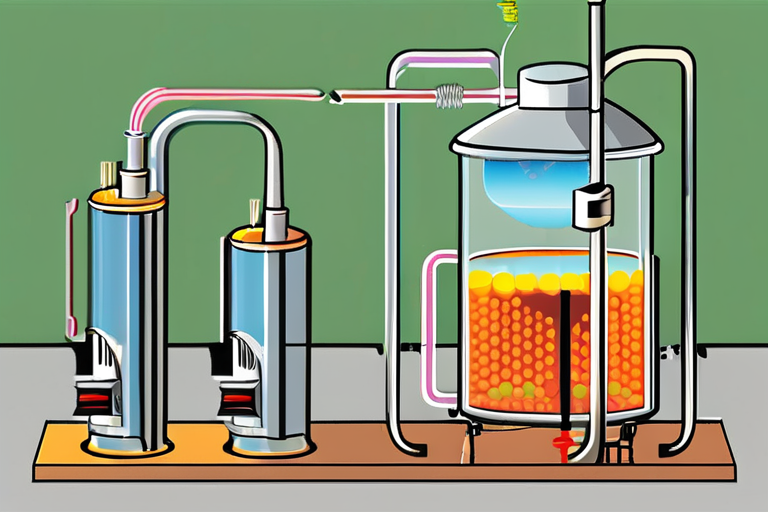Breaking News: Groundbreaking Discovery in Green Ammonia Production
Researchers at Tokyo Metropolitan University have made a significant breakthrough in the production of green ammonia, a crucial component of fertilizer. According to their findings, a hidden switch involving copper oxide catalysts has been discovered, which supercharges the production of ammonia by forming metallic copper mid-reaction. This dramatic boost in ammonia output offers a roadmap for designing cleaner, more efficient ammonia-production technologies.
The research team, led by scientists at Tokyo Metropolitan University, made this discovery through an electrochemical nitrate reduction reaction. In this process, copper oxide acts as a catalyst, converting nitrite ions into ammonia. The team found that tiny copper particles form during the reaction itself, significantly increasing the production of ammonia.
This groundbreaking discovery was announced on November 22, 2025, and is expected to have a significant impact on the fertilizer industry. The traditional Haber-Bosch method of ammonia production is energy-intensive and environmentally unfriendly, whereas the electrochemical nitrate reduction reaction is a more sustainable approach.
The immediate impact of this discovery is expected to be felt in the fertilizer industry, where cleaner and more efficient production methods are highly sought after. Companies are likely to invest in research and development to incorporate this new technology into their production processes.
The Haber-Bosch method, developed in the early 20th century, is still widely used today, but it requires high temperatures and pressures, resulting in significant energy consumption and greenhouse gas emissions. In contrast, the electrochemical nitrate reduction reaction is a more environmentally friendly approach that uses a copper oxide catalyst to convert nitrite ions into ammonia.
As the world continues to shift towards more sustainable and environmentally friendly practices, this discovery is expected to play a significant role in the development of cleaner ammonia production technologies. The researchers at Tokyo Metropolitan University are already working on refining their discovery and exploring its potential applications in the fertilizer industry.


























Share & Engage Share
Share this article